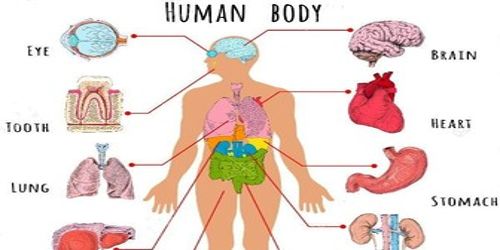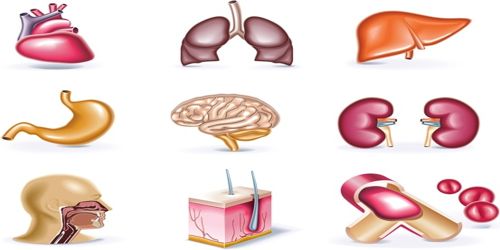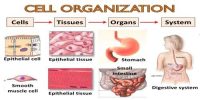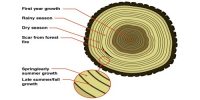An organ is a part of animal body formed by the combination of one or more than one type of tissues performing a particular function is called an organ. An organ system is a group of organs that work together to perform one or more functions. Each does a particular job in the body, and is made up of certain tissues. That is to say, in any organ there may be one or more than one type of tissues and the organ can perform a particular work. The branch of biology where organs are discussed is called anatomy.

Necessary Organs of Human Body: According to location there are two types of organs in human body. The branch of Biology, where the morphology of external organs like eye, ear, nose, hand, foot, head etc. are discussed, is called Morphology.
Eye, ear, nose, hand, foot, head etc. are external organs and stomach, duodenum, ileum, rectum, heart, liver, pancreas, spleen, lung, kidney, testis, ovary etc. are internal organs of human body. Animal organs are generally composed of more than one cell type. We know that the stomach contains all four animal tissue types: epithelium to line the stomach and secrete gastric juices; connective tissues to give the stomach litheness to expand after a large meal; smooth muscle tissues to churn and digest that meal without the required for conscious thought and nervous tissues to observe the progress of food as it is worked on by the stomach, and to direct secretion and muscle activity. Each organ typically performs a given function set.














